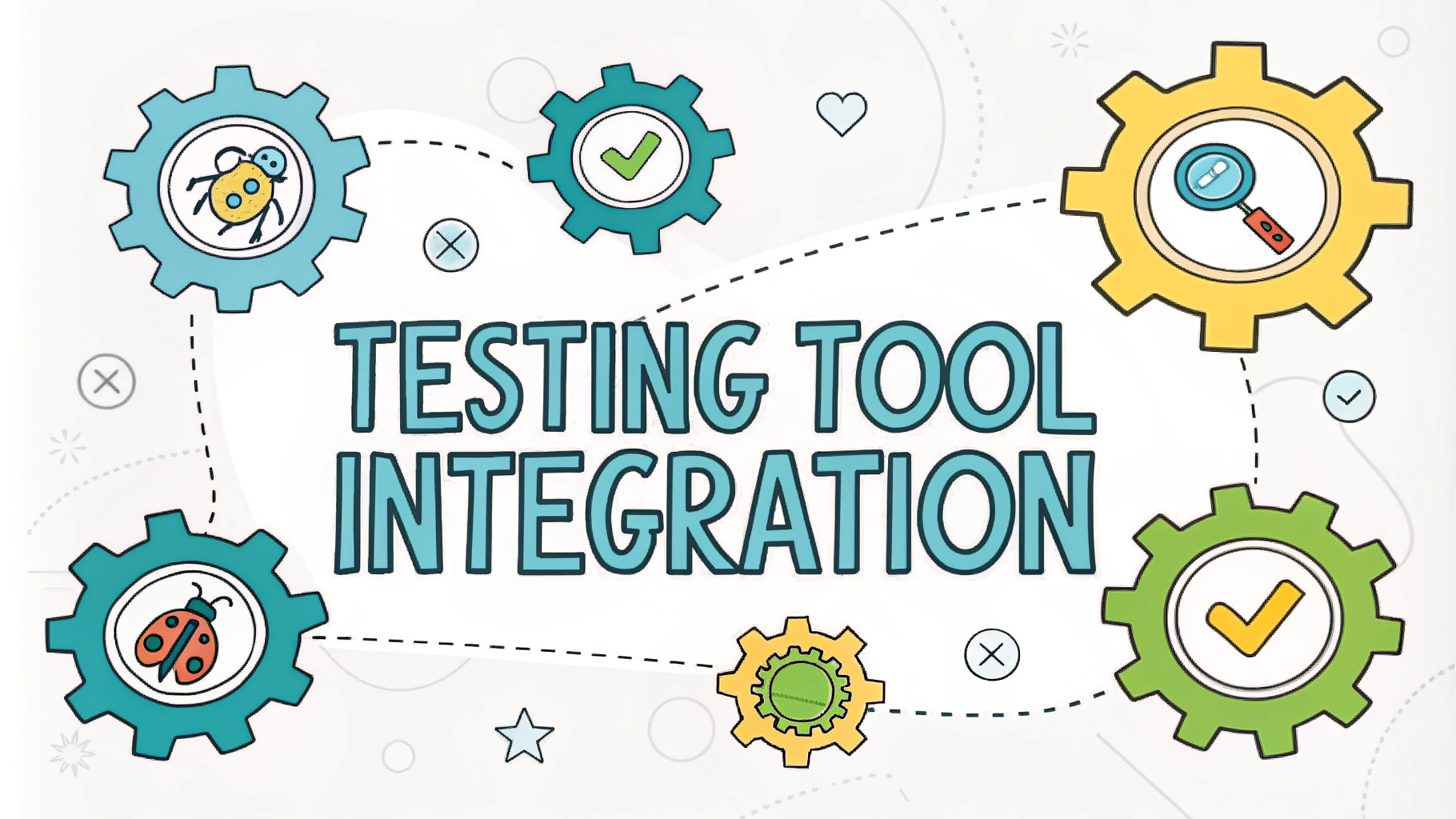Penetration testing forms the backbone of any robust security policy development process by identifying vulnerabilities before malicious actors can exploit them.
A well-structured security testing program helps organizations protect their assets, maintain compliance, and build customer trust through proactive security measures.
This guide explores practical approaches to incorporating penetration testing into security policy development, with actionable steps for implementation.
Key Components of Security Policy Testing
- Network infrastructure assessment
- Application security testing
- Social engineering evaluations
- Physical security checks
- Wireless network testing
Types of Penetration Tests
Black box testing simulates real-world attacks where testers have no prior knowledge of the system.
White box testing provides testers with complete system information for thorough assessment.
Gray box testing combines elements of both approaches for balanced evaluation.
Implementation Steps
- Define testing scope and objectives
- Select appropriate testing methodologies
- Establish testing schedules
- Document procedures and policies
- Set up reporting mechanisms
- Create incident response procedures
Tools and Resources
- Nmap – Network mapping tool
- Metasploit – Penetration testing framework
- Wireshark – Network protocol analyzer
- Burp Suite – Web application security testing
- OWASP ZAP – Open-source security scanner
Best Practices for Testing Documentation
- Maintain detailed logs of all testing activities
- Document all findings and remediation steps
- Create clear reporting templates
- Store results securely
- Track remediation progress
Common Testing Challenges
Limited resources and time constraints often impact testing effectiveness.
Complex environments require specialized expertise and tools.
Balancing security testing with business operations needs careful planning.
Testing Frequency Guidelines
| Asset Type | Recommended Frequency |
|---|---|
| Critical Systems | Quarterly |
| Public-facing Applications | Bi-annually |
| Internal Networks | Annually |
Building Your Security Testing Program
Start with a pilot program focusing on critical assets.
Gradually expand testing scope based on risk assessment.
Establish metrics to measure program effectiveness.
Additional Resources
- NIST SP 800-115: Technical Guide to Information Security Testing
- OWASP Testing Guide: https://owasp.org/www-project-web-security-testing-guide/
- Penetration Testing Execution Standard (PTES): http://www.pentest-standard.org
Moving Forward with Your Security Strategy
Regular review and updates of testing procedures ensure continued effectiveness against emerging threats.
Integration with broader security initiatives maximizes the value of penetration testing efforts.
Building internal expertise while leveraging external specialists creates a sustainable security testing program.
Integrating Test Results into Policy Development
Test findings directly influence security policy updates and improvements.
Documented vulnerabilities help prioritize security investments and controls.
Regular feedback loops between testing and policy teams ensure adaptive security measures.
Training and Awareness
- Security awareness programs based on test findings
- Technical training for internal security teams
- Executive briefings on security posture
- Documentation of lessons learned
- Simulation exercises for incident response
Compliance and Regulatory Considerations
Testing procedures must align with industry regulations and standards.
Documentation requirements vary by compliance framework.
Regular audits ensure testing meets compliance obligations.
Key Standards to Consider
- ISO 27001 requirements
- PCI DSS testing guidelines
- HIPAA security requirements
- SOC 2 compliance criteria
Future-Proofing Your Testing Strategy
Emerging technologies require evolving testing approaches.
Cloud and containerized environments present unique testing challenges.
IoT and mobile devices expand the testing scope considerably.
Measuring Testing Effectiveness
| Metric | Purpose |
|---|---|
| Vulnerability Discovery Rate | Program Effectiveness |
| Time to Remediation | Response Efficiency |
| Coverage Metrics | Testing Scope |
Strengthening Security Through Continuous Assessment
Regular penetration testing builds a strong security foundation through systematic vulnerability discovery and remediation.
Successful security programs integrate testing results into broader risk management strategies.
Organizations must maintain flexibility in testing approaches while ensuring consistent security standards across all operations.
FAQs
- What is security policy development in relation to penetration testing?
Security policy development for penetration testing is the process of creating formal documentation that outlines the rules, procedures, and methodologies for conducting authorized security assessments of an organization’s systems and networks. - What are the essential components of a penetration testing security policy?
A comprehensive penetration testing policy must include scope definition, authorization requirements, testing methodologies, reporting procedures, data handling guidelines, confidentiality agreements, and incident response protocols. - How often should penetration tests be conducted according to security policies?
Most security frameworks recommend conducting penetration tests at least annually, after significant infrastructure changes, or when new systems or applications are deployed in the production environment. - What legal considerations should be included in penetration testing policies?
Policies must address compliance requirements, written authorization, scope boundaries, data protection laws, service level agreements, non-disclosure agreements, and potential legal liabilities during testing activities. - How should penetration testing policies address third-party vendors?
Policies should specify vendor qualification requirements, contractual obligations, scope limitations, data handling procedures, reporting requirements, and communication protocols when testing involves third-party systems or services. - What documentation requirements should be included in penetration testing policies?
Policies should mandate detailed documentation of test plans, methodologies, tools used, findings, vulnerabilities discovered, remediation recommendations, and post-test cleanup procedures. - How should sensitive data handling be addressed in penetration testing policies?
Policies must outline procedures for protecting, storing, and destroying sensitive data encountered during testing, including encryption requirements, access controls, and data retention periods. - What incident response procedures should be included in penetration testing policies?
Policies should detail procedures for handling unexpected incidents during testing, including communication chains, system restoration protocols, and documentation requirements for unintended system impacts. - What role-based responsibilities should be defined in penetration testing policies?
Policies must clearly define roles and responsibilities for all stakeholders, including testers, system owners, security teams, management, and incident response personnel during testing activities. - How should penetration testing policies address scope and boundaries?
Policies should clearly define testing boundaries, including in-scope and out-of-scope systems, approved testing hours, restricted activities, and specific testing methodologies allowed or prohibited.







